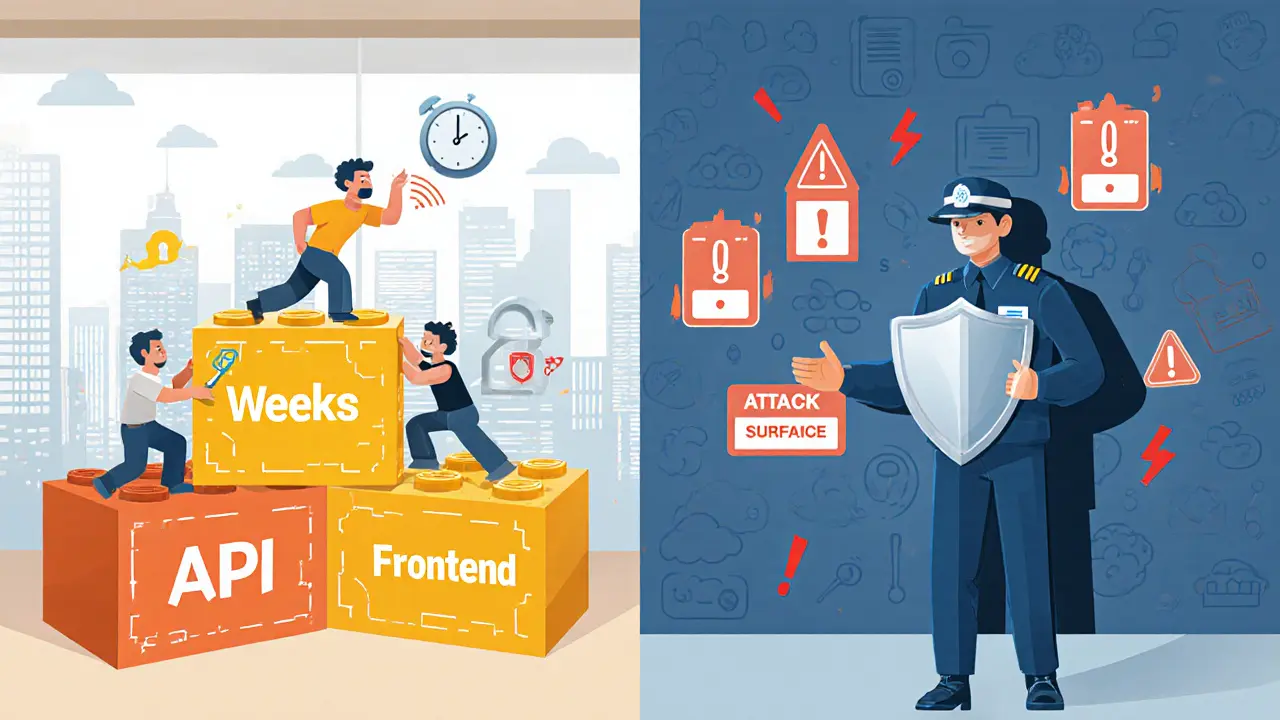Composability in Web3: Building Blocks for Better Crypto Projects
When working with Composability, the ability for different blockchain components to seamlessly interoperate and be combined like LEGO bricks. Also known as interoperability, it lets developers mix and match Smart Contracts, self‑executing code that runs on a blockchain without a middleman and DeFi Protocols, decentralized finance services such as lending, swapping, and yield farming to create new functionalities without starting from scratch. This composability concept is a core driver behind the rise of modular blockchain architectures, where each layer—consensus, execution, settlement—can be upgraded or swapped independently. In practice, a developer can pull a token standard like ERC‑20, attach a liquidity pool from a known DEX, and layer a governance module on top, all in minutes. The result is faster innovation, lower costs, and a safer environment because each piece has been audited separately.
Why composability matters for developers and investors
Composability encompasses the idea that a Modular Blockchain, a network built from interchangeable components rather than a monolithic stack can evolve without breaking existing apps. It requires robust token standards and open APIs, which is why projects often adopt ERC‑20, ERC‑721, or newer standards that guarantee compatibility. When a new protocol launches, it can instantly plug into existing wallets, aggregators, and analytics tools, giving users immediate utility. This network effect also influences token economics: composable tokens can be reused across multiple platforms, boosting demand and liquidity. For investors, composable projects usually show higher resilience because a failure in one module can be isolated without pulling the whole system down. The synergy between composability, smart contract security, and DeFi innovation creates a feedback loop that accelerates adoption.
Below you’ll find a curated set of articles that dive deep into real‑world examples of composability in action. From airdrop guides that leverage composable token distribution to reviews of exchanges that support modular DeFi tools, each piece shows how the principle shapes the crypto landscape today. Keep reading to see how composability empowers developers to craft richer experiences and helps traders spot opportunities across interconnected protocols.
Composability vs Security: Balancing Agile Architecture and Protection
Explore how composability speeds delivery while adding security challenges, and learn practical strategies to balance agility with protection.





